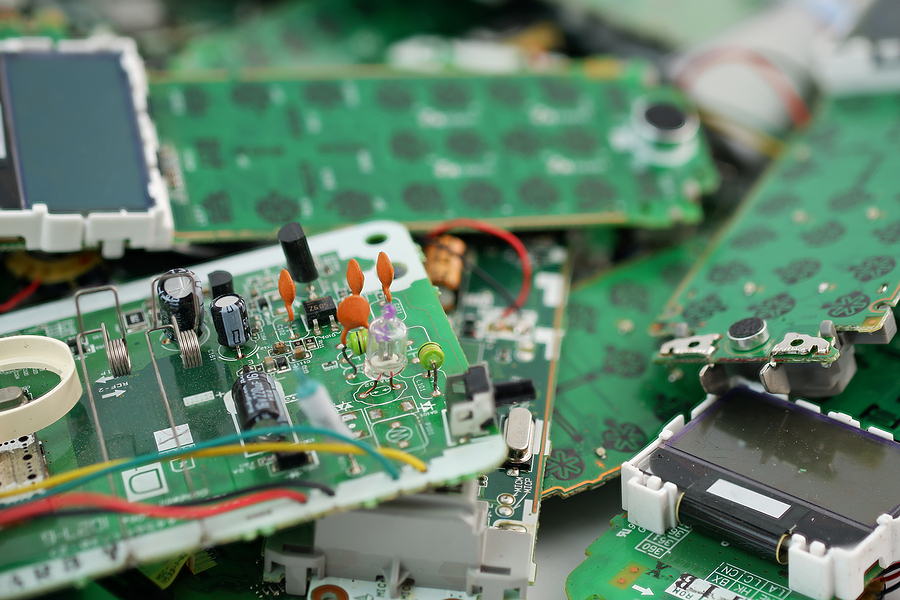
Jamie Hailstone – Forbes
One of the greatest challenges in moving to a more circular economy is the subject of electronic waste, or “e-waste” as it is sometimes known. Every year, millions of electronic devices are discarded or thrown away. Some are faulty, but others are disposed of because they are obsolete or being replaced by newer models.
In an ideal world, e-waste would be a valuable commodity and ripe for recycling, but the sad truth is many of these products end up in landfill or being burnt, which compounds its impact on the environment.
The chairman and chief executive officer of electronic waste recycler ERI, John Shegerian, said e-waste is the “fastest growing solid waste stream in the world” in an interview. Shegerian quoted figures from the United Nations Environment Programme, which show only 17% of all electronics are being responsibly recycled globally. He told me the number is even lower in the United States, with statistics showing 12% of e-waste was recycled in 2019.
“There has been an onslaught or tsunami of electronic waste, but the truth of the matter is we have not been able to keep up with the demand,” said Shegerian. But he added most people want to see their e-waste safely and responsibly recycled.
“E-waste has become ubiquitous,” he added. “But making it convenient to recycle is really important.
ERI recently teamed up with retailer Staples to support an innovative new nationwide consumer technology trade-in program. Customers can bring in unwanted, but still working electronic devices and receive e-gift cards for use in the store.
“Staples has always been the hub for the American entrepreneur in terms of buying all sorts of other things to start their new business ventures.
“But now it has also become a place where people could conveniently and safely recycle electronics and batteries,” said Shegerian. “This program helps people to get the most out of their old tech so they can get the best deal on the new tech they want.”
Franco Amalfi, the director of sustainability strategic initiatives and partners at Capgemini Americas said e-waste is a rapidly growing environmental concern, which poses significant health risks, in an email. Amalfi said Environmental Protection Agency defines e-waste as “used electronics that are nearing the end of their useful life and are discarded, donated or given to a recycler”. He added these items often contain hazardous materials like lead, mercury, and cadmium, which can be harmful if not disposed of properly. Amalfi said Capgemini is actively addressing this pressing issue through its commitment to sustainability and innovative solutions aimed at promoting responsible consumption and recycling practices. He added Capgemini encourages manufacturers to create products that are not only durable and repairable but also recyclable at the end of their life cycle.
“Key initiatives highlighted in Capgemini’s sustainability efforts include intelligent product validation and quality engineering in sustainability,” said Amalfi.
“By collaborating with organizations across various sectors, Capgemini is working to implement sustainable practices that comply with regulatory standards while meeting consumer demand for eco-friendly products.
“This holistic approach not only addresses the immediate challenges posed by e-waste but also fosters a culture of sustainability that can lead to long-term environmental benefits.”
Argo Alaniit, the chief executive of the Estonian IT recycling platform GreenDice, said he believes transparency is key, when it comes developing e-waste solutions in an interview. Alaniit said there need to be more solutions, which allow people and organisations to access the entire lifecycle of the device they are recycling.
“I think many people would prefer these solutions instead of just trading in equipment, and then not knowing what happens with their device,” he told me.
“And the more devices we buy, the more prices are going to increase,” he added. “If we could somehow change the pattern, recycle something and make money from its materials, then maybe prices would fall as well.”



















